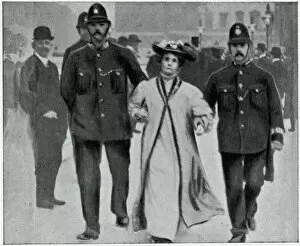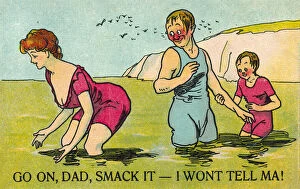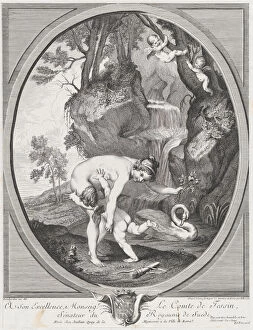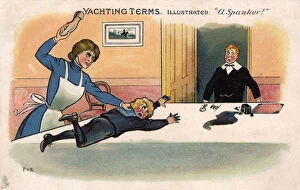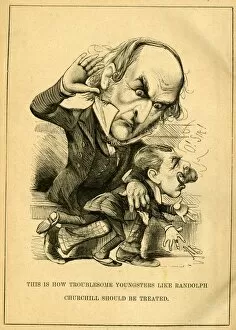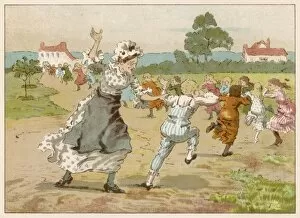Smacking Collection
"Exploring the Historical Context of Smacking: From Emmeline Pankhurst to Victorian Children" In Plate 527, A, B, C; 1
For sale as Licensed Images
Choose your image, Select your licence and Download the media
"Exploring the Historical Context of Smacking: From Emmeline Pankhurst to Victorian Children" In Plate 527, A, B, C; 1, we witness a thought-provoking collotype on paper by an unknown artist from 1872-1885. It portrays a child being spanked, raising questions about parenting practices during that era. Another intriguing depiction is found in the cartoon of Gladstone punishing Randolph Churchill. This political satire highlights the use of physical punishment as a means of discipline and control. Moving forward in time, we encounter "Une bonne idee, " a captivating colour lithograph that suggests spanking may have been seen as an acceptable form of punishment or even entertainment. Similarly, "Go On, Dad. Smack it - I won't tell ma. " presents us with another colourful lithograph where spanking is depicted humorously within familial dynamics. "The joys of married life" takes us into the realm of marital relationships and explores how power dynamics were expressed through physical discipline. A whimsical Christmas card shows clowns playfully smacking a shopkeeper. This chromolithograph reminds us that even festive occasions could incorporate elements of playful punishment. Delving further back into history brings us to works like "Venus Catching Love" and "Cupid Chastised. " These artworks from different eras depict mythological figures using corporal punishment as expressions of love or retribution. On a lighter note, Yachting Terms Illustrated introduces us to nautical jargon with its mention of 'a spanker. ' Here we see how language can incorporate references to physical chastisement in unexpected ways. Lastly, an illustration for Le Rire showcases yet another facet where spanking was portrayed comically and satirically within popular media during the late 19th century.

